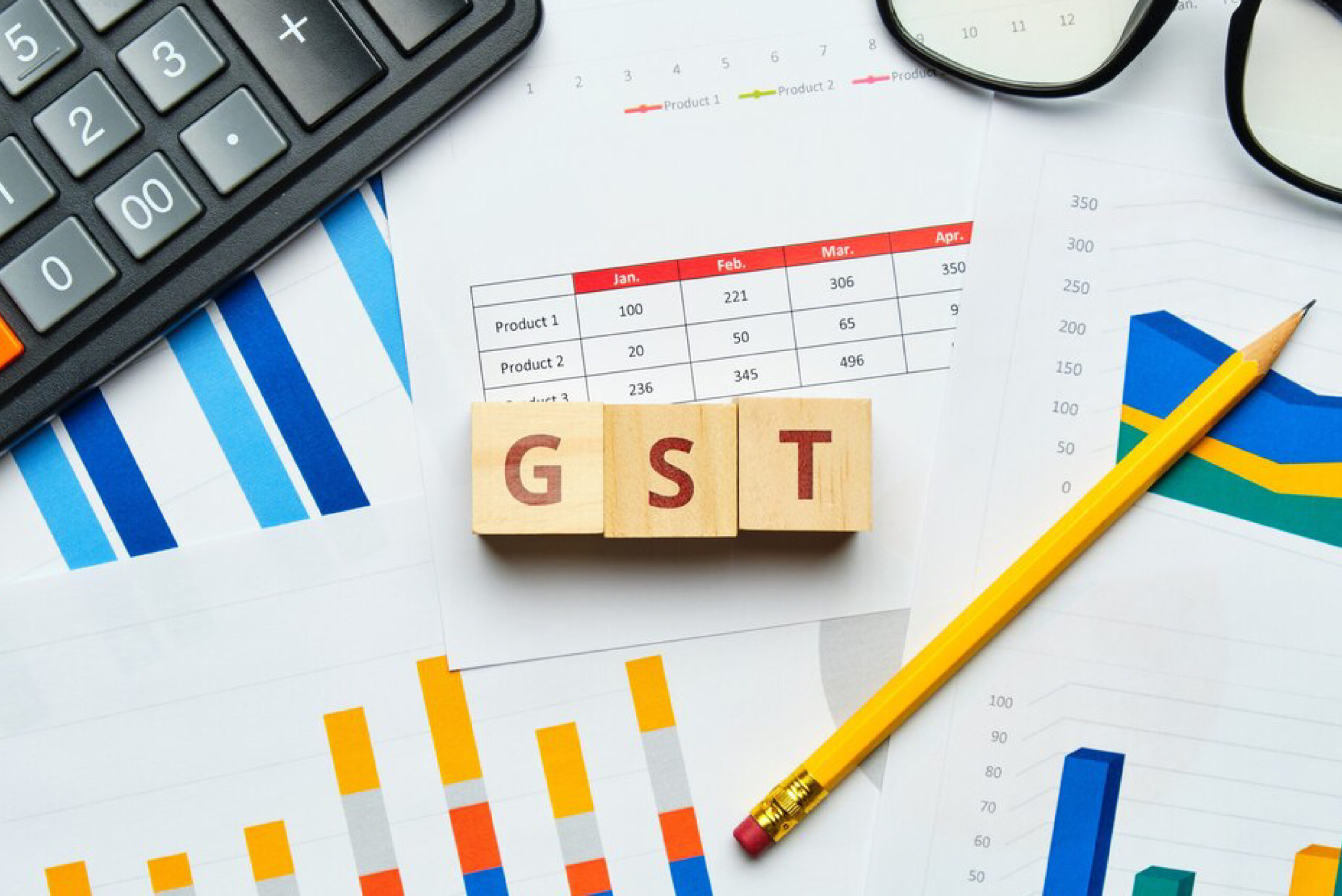The implementation of the Goods and Services Tax (GST) in India was a game-changing move towards simplifying the country’s convoluted tax structure. GST, which went into effect on July 1, 2017, sought to integrate numerous indirect taxes and establish a unified tax structure. While its introduction brought about several changes in various industries, the real estate industry saw a substantial transition, affecting both developers and property purchasers. As we approach 2024, it’s critical to consider how GST rates on real estate will continue to impact the landscape of flat purchases.
- Real estate before the era of GST:
- The Origins of GST:
- GST in the Real Estate Context:
- In 2024, Decoding GST on Flat Purchases:
- Affordable housing
- Non-affordable housing:
- Effects of GST on real estate sector:
- Elevated openness: The GST has ushered in a new era of transparency by refining the tax system, reducing the possibility of hidden fees, and guaranteeing that both developers and buyers are on the same page.
- Harmonization with RERA: The Real Estate (Regulation and Development) Act of 2016 and the GST work together to establish a climate of accountability and consumer protection.
- Streamlined Taxation Environment: Developers may now navigate a simpler tax environment, allowing them to focus their efforts on construction quality and on-time completion.
- Affordability Amplified: By offering lower GST rates for affordable dwellings, the government has not only stoked demand in this market but also achieved its goal of “Housing for All.”
Before GST emerged as a beckon of reform, the Indian real estate sector was hampered by a complicated tax structure that included several levies such as VAT, service tax, and stamp duty. This fragmented structure sometimes caused confusion and issues for both developers and purchasers, resulting in an obscure market with low transparency.
Against this backdrop of tax complexities, the GST made its debut in July 2017. It signaled the start of a new economic era marked by the consolidation of several levies under a single roof. The ultimate objective was to make transactions go more smoothly and to build a more open and responsible tax ecosystem.
GST’s arms stretch out largely to the domain of under-construction properties in the real estate industry. This comprises a tax assessment on building expenditures, including materials and services, but excluding land value. However, it is crucial to remember that constructed homes with the desired completion certificate are excluded from the scope of GST.
The impact of GST on flat purchases continues to ripple across the real estate market as the calendar flips to 2024. The GST rates applicable to these acquisitions are determined by whether the property in issue is classified as affordable or non-affordable. GST rates on residential properties are affected according to their category. They are categorized as affordable or non-affordable, making it easier to calculate the GST prices!
Property with a carpet area of up to 60 square meters in metropolitan areas and up to 90 square meters in non-metropolitan areas is favored by the GST lens. To sweeten the bargain even further, these homes must be priced below a certain threshold. This careful categorization results in a reduced GST rate, which broadens the pool of potential homeowners.
On the other end of the scale, homes that don’t fit the bill for affordability are labeled as non-affordable properties. Due to their premium status, these properties are liable to a higher GST charge.
Conclusion:
The introduction of the GST in 2017 was a turning point in the economic development of India, freeing the country from the constraints of outmoded taxation systems and launching it into a more promising and transparent future.
The effects of the GST rates on flat purchases are still having an impact on the real estate market as we move through 2024. In addition to increasing demand, this change has increased transparency and accountability by the genesis of GST rates for affordable and unaffordable properties. This has had a profoundly transformative effect on the real estate market.


 SHARE
SHARE
